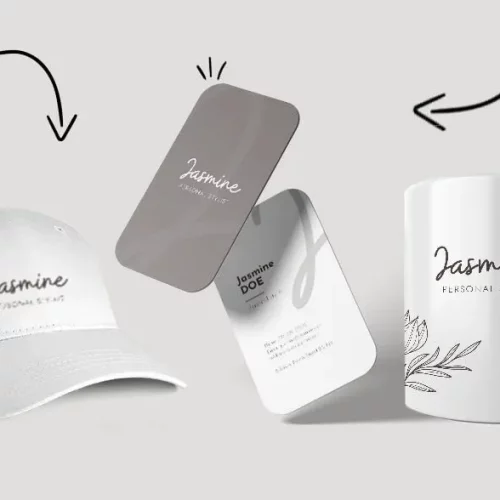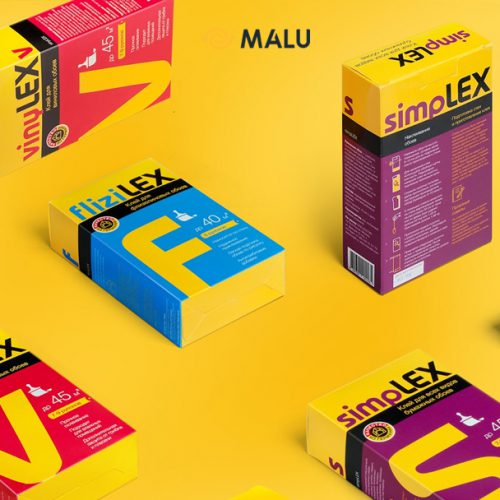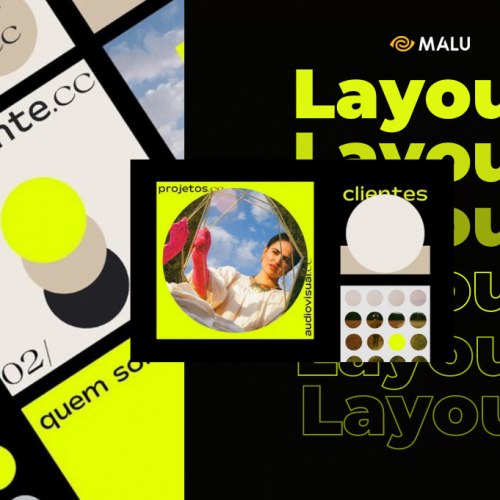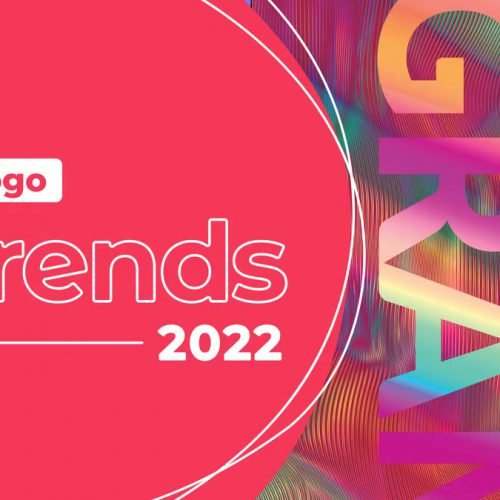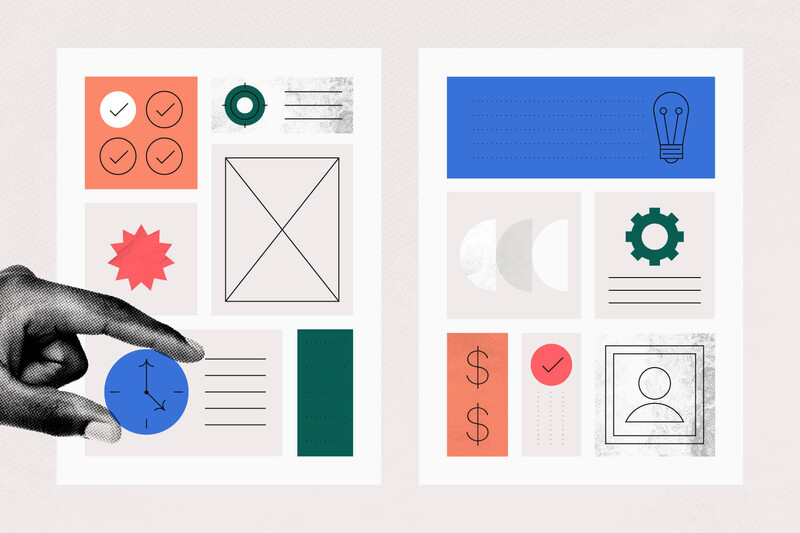
The Brief is an important document that outlines your design project so that you and your client understand exactly what to expect in terms of the product and its workflow. Here’s what you need to know on how to write a design brief that keeps your design projects on track, more organized, and pleasing to your clients.
What is Briefs?
A Brief , also known as a creative, design brief/requirement, is a project management document that allows you to define the scope, scale, and core details of a design project. prepare to perform. Accordingly, Brief is similar to a proposal or statement of work.
When you have the right information, Brief has the potential to become one of your most powerful project management tools. It can be used to inform design decisions and guide your project’s overall workflow; from idea to completion. A well-written brief will help you identify and avoid roadblocks early on, and it can even streamline and accelerate your design, implementation, and development processes.
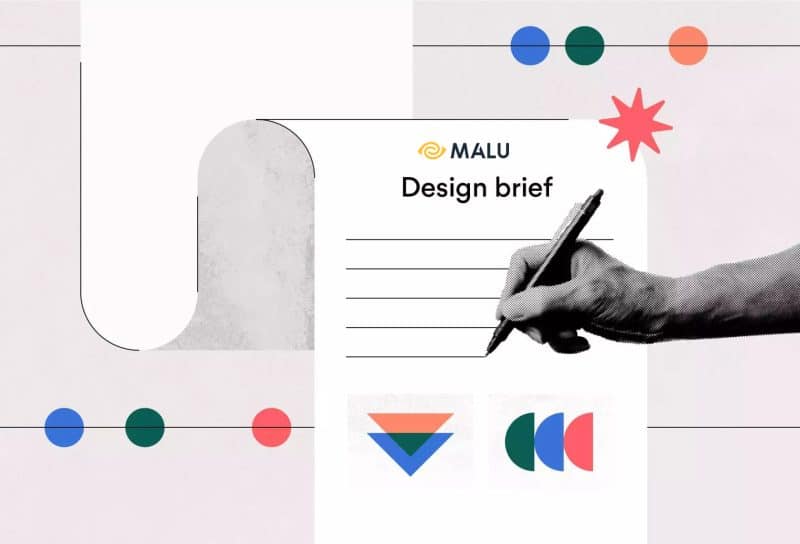
While each person has their own way of tackling Brief, you can get the most out of it by collaborating with your client at the start of the project. This way, your design brief allows you to clarify goals and objectives, get input from key stakeholders, and ultimately, both parties are accountable for the product. final product.
If you and your client both understand each other’s responsibilities and have a clear vision of what the final products will be delivered before any work begins, you can avoid many revisions. unnecessary throughout and then the project.
Starting a new project with a design brief provides many other benefits to your project workflow. In addition, a standard Brief only gives you the following great benefits:
- Give designers the insight, background, and foundation needed to create visual designs
- Provide a more detailed view of customer expectations
- Help keep individual collaborators aligned and on track, while keeping projects on time and on budget
- Give clients a feeling of being involved in the process and comfortable that their goals and vision are understood
- Get all design specs upfront
- Understand your customers’ tastes and identify their “don’ts” with them
Classification Brief
1. Communication brief
This is a usage summary between the client and the Agency’s Account department.
Communication is the Brief used between the Client and the Account department in the Agency. Accordingly, Communication Brief should highlight important issues such as project information; Information Client, Brand cooperation; Project objectives; the message you want to convey; execution time; implementation budget;… After having the necessary information, the Managers and Leaders will make detailed plans to prepare for the next phases of the project.
-
Project : Purpose of the campaign
-
Client: Name of the unit/company of the investor
-
Brand: Brand information (Introduction, features, past promotional activities
-
Project Description: Describe the requirements of the project
-
Brand Background: Background information (Market/brand situation, problems that the brand is facing today, competitors, strengths and weaknesses of competitors ..)
-
Objectives: Communication purposes (Increasing brand awareness, increasing revenue, re-branding …)
-
Target Audience: Target audience (Demographic information, psychology, behavior …)
-
Message: Main communication message (Which message does it evoke/ convey to the target audience)
-
Coverage: Project implementation location
-
Budget: The budget for the campaign
-
Timing: The time when the two sides met to present their ideas for the first time
2. Creative brief
The brief for the Creative team to work on
After having the implementation plan, the Leads will assign specific tasks to the teams to perform. And the specific assignment, creative requirements now called Creative Brief. At this time, the creative request was also much more specific, helping individuals to carry out related tasks to keep up with the project schedule.
After having the Communication brief in hand, the account will select the important information, briefly, concisely and completely and then pass it on to the Creative team. Why bother doing this without using the Communication brief?
Communication brief includes a lot of information about competitors, market, business situation…and not all of them are necessary in the creative process. Writing a Creative brief will help the creative team capture important information, guide the communication strategy and inspire creativity through the key “keywords” of the campaign.
The main content of a Creative brief includes:
-
Job Description: Specific work items of the Creative department (logo design, brand identity, product packaging, …)
-
Target Audience: Information about target customers
-
Single – Minded – Proposition (SMP): The most distinctive feature of the product that has the ability to affect the behavior and psychology of target customers
-
Key Response: Customer’s action goal after the campaign (Ex: They will talk about the product, they go to the place of purchase, they try the service …)
-
Desired Brand Character: Desire to feel customers about products/services
How does the designer read the brief?
The designer’s first responsibility is to understand the Brief, until you are confident that you have fully understood the client’s goals and desires. So what should the designer keep in mind to understand the brief in the best way?
1. Project objective
From the beginning, the end will come in, so you must first understand the wishes of the customer to be able to produce the right product according to their wishes. The questions you must be able to answer are: what product is the design aiming for, what is the idea of the design, what purpose is it used for, the platform using the design….
2. Budget, schedule
- Sometimes customers will not want to tell you how much they want to spend on a design product for fear of being overpriced. So perhaps the best way is that we should offer customers many service packages from expensive to cheap and from there can capture customer psychology.
- Progress is also a factor that you should discuss carefully with customers because they always have the habit of wanting the product to be completed before they need it. If the customer presses on the schedule, we should also increase the budget to ensure the product is perfect
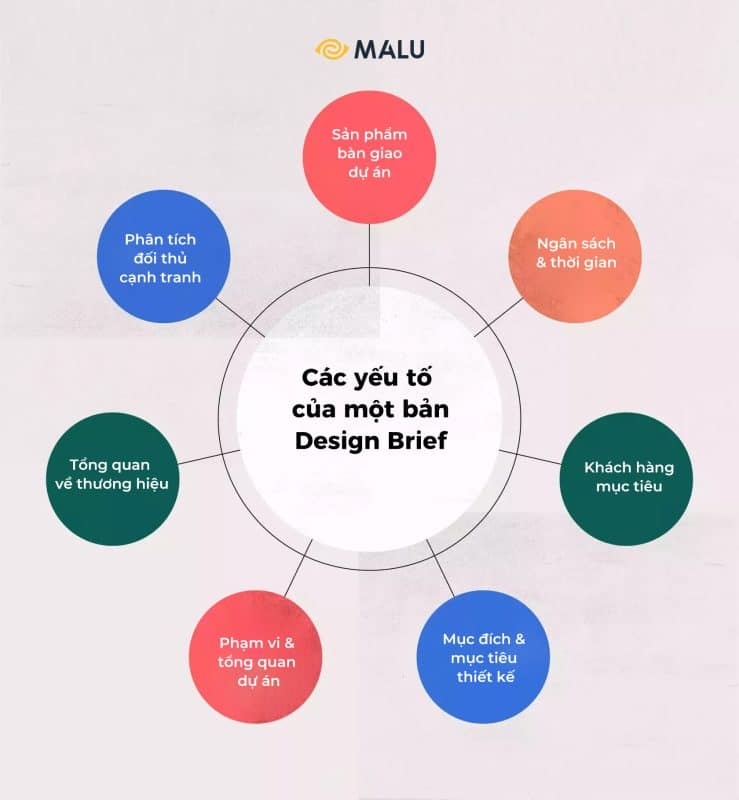
3. Target audience
Any media campaign needs to have its own target audience and product design is no exception. Each customer has a different aesthetic and psychological eye, so if you use a design that is not suitable for the target audience, your design is already a failure from “infancy”.
4. Project scope
Not every project implements design for a single stage. More simply, we can understand that the design for when the product has not been released to the market must be different from the time it was launched. Or the design on e-commerce will be different from the design on the package.
5. Overall style
It can be said that capturing the prevailing style is a great advantage for the design. Give customers a few design styles that you feel are suitable for the product, so that customers will easily visualize and choose.
6. What should be noted?
The psychology of customers or everyone has likes and dislikes, so don’t be foolish to do things that customers don’t like. Often customer preferences will focus on color, shape, style, discuss with customers carefully to avoid creating designs that do not satisfy customers.
What does the Design Brief look like?
It doesn’t matter what the design brief looks like, what matters is the content in it. The most important thing is that it is presented visually and is easy to follow.
Why is a Design Brief important?
Designing without a design brief is like trying to build Legos in the dark. The information in the design brief is not only the foundation for a design project, but it is also the best way to keep all stakeholders together.
Preliminary steps to an effective Design Brief
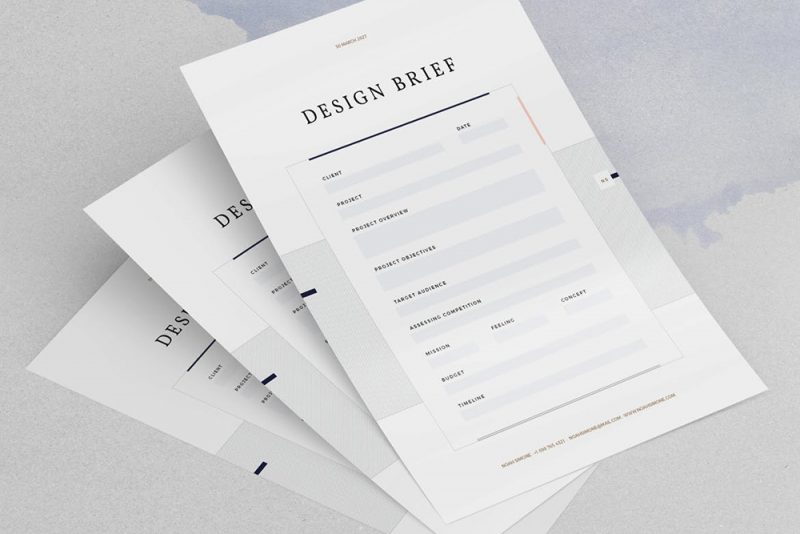
Now we start working. So how do you create a design brief that effectively communicates your end goal? Before you get started with the first steps of creating a design brief, there are a few things that need to be addressed first.
Step 1: Determine the design project
What exactly do you need the design for? Images for social media campaigns or for print ? Where is the image used and what is its size or aspect ratio ? You need to understand what you want. If you need a website, an app, or a social media image or email marketing , business card, etc., you have to define it right from the start. Design briefs should be kept for each project at a time. So be specific and stick to what needs to be done in the present moment.
Step 2: Find the right designer for the project
Once you know exactly what to design, it’s time to hire the right designer. Consider your budget and find a designer on a variety of recruitment channels, such as Malu Design or any site where you can search for Designer.
Step 3: Have a conversation – designer and client
There is nothing more important to perfecting a design brief than communication. The client and the designer must hold an exchange or call or text to discuss every aspect of the project. The questions asked and the notes taken are what complete the design brief provided by the client.
Step 4: Final design brief
The agreement of both is required. The designer collects all the information and assembles it into a Design Brief. When it is ready, everyone involved in the project needs to review and agree on the proposed summary. This needs to happen before the design begins.
But what does a design brief need to be effective? Let’s take a look.
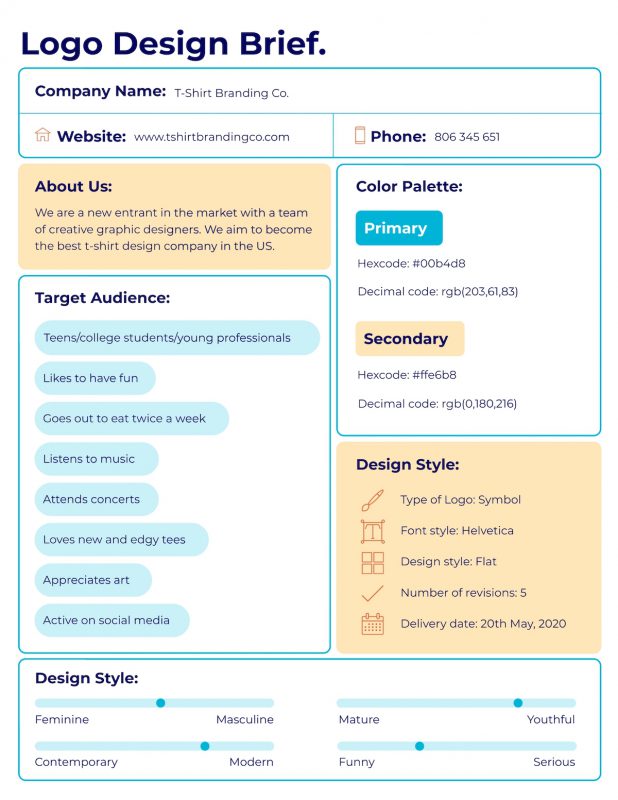
Important things to include in the design brief
No design brief is complete without detailed information for the following topics:
Company background: Designers will ask more questions after they see the brief, so be prepared.
User Profile or User Personality : Who is your ideal customer or customer? Designers are not designing for you, they are designing for this user. Pay attention to this.
What exactly is a design project about : Explain what you need from the designer. Show every aspect of it. If it’s a web page, explain what needs to be included. If it’s a set of samples, determine how many and on which platforms you need them delivered.
What is the goal for this project? Include your expected outcome of the project. Include both short-term and long-term goals. Explain how you want the design to be part of this process.
Competitor analysis . You need to research your competitors and see what they are doing to solve the same problem that you need to solve. Include links, screenshots for designers to better understand competitor products.
Examples of previous campaigns . Show design examples of past design projects and campaigns you’ve worked on. Add notes whether they were successful or not. Specify what you want to repeat or improve.
Principles of branding . You must articulate the key characteristics of your brand. These include the following: Image Font Colors
Visual inspiration . Include links, screenshots and images of the design campaigns you desire.
Time : Define a deadline for the project.
Budget. Add information about how much you plan to spend on this project.
Communications. Add the contact email or phone number of everyone involved in the project. Specify who to contact before questions are asked. As a client, when you prepare all this information for your designer, they still have questions. A good designer will need a better understanding of your requirements. Be prepared to answer in-depth questions about all the information you provide.
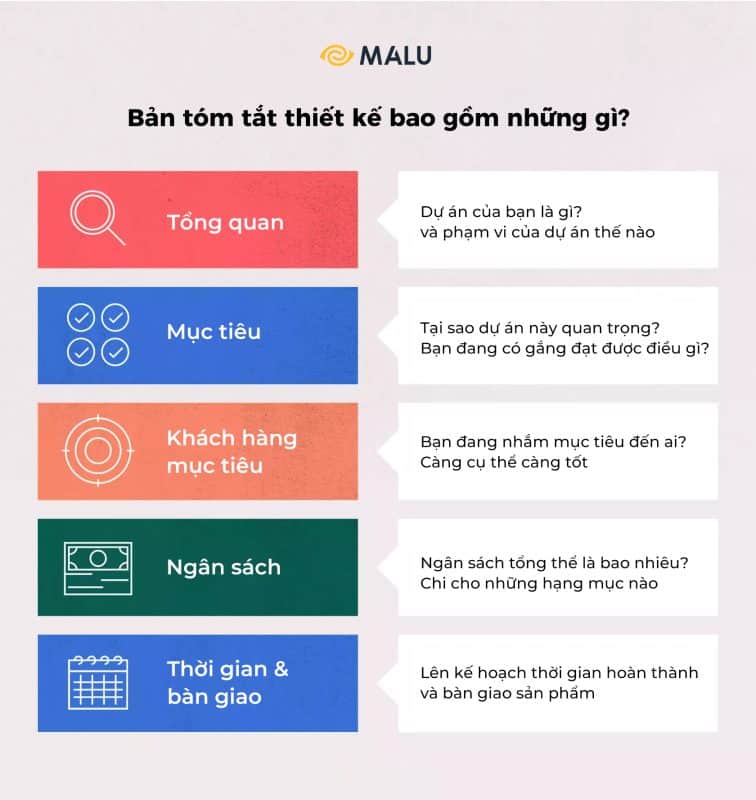
The Do’s and Don’ts of Design Brief
Seeing how important a design brief is to any design project, you should know a few do’s and don’ts.
Follow these tips and your design project will be a success.
Do in Design Brief
- Create a design brief for each project or campaign. If it’s a large campaign that needs a lot of different visual content, separate the summary into detailed sections. You’ll probably need a team of designers instead of a team.
- Provide as many demos as possible. Both what you like and what you don’t like.
- Share any industry-specific information that the designer needs to follow.
- Explain in detail to the designer who your customers are. Share user personalities with insights.
- Have a backup plan in the design brief. This includes the time lag as well as any additional assets that need to be designed for the project. Other fallbacks may include new photographs or illustrations that need to be sourced.
What not to do in Design Brief
Here are a few things to avoid when putting together a design brief and hiring a designer.
- Don’t expect a designer to be able to do so many different things at once.
- Do not ignore the information contained in the design brief.
- Don’t expect the designer to know what you’re thinking, say it or write it down.

